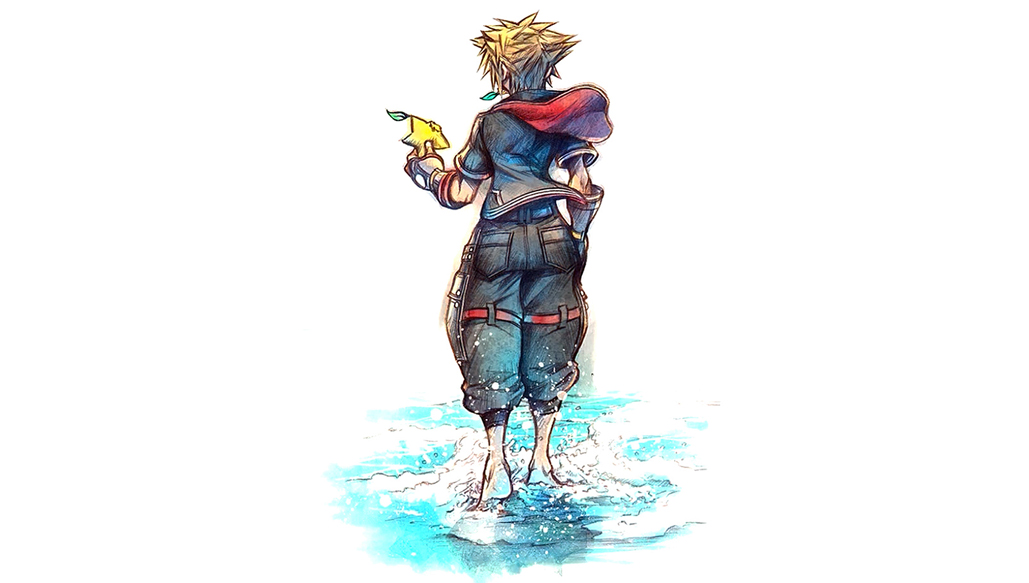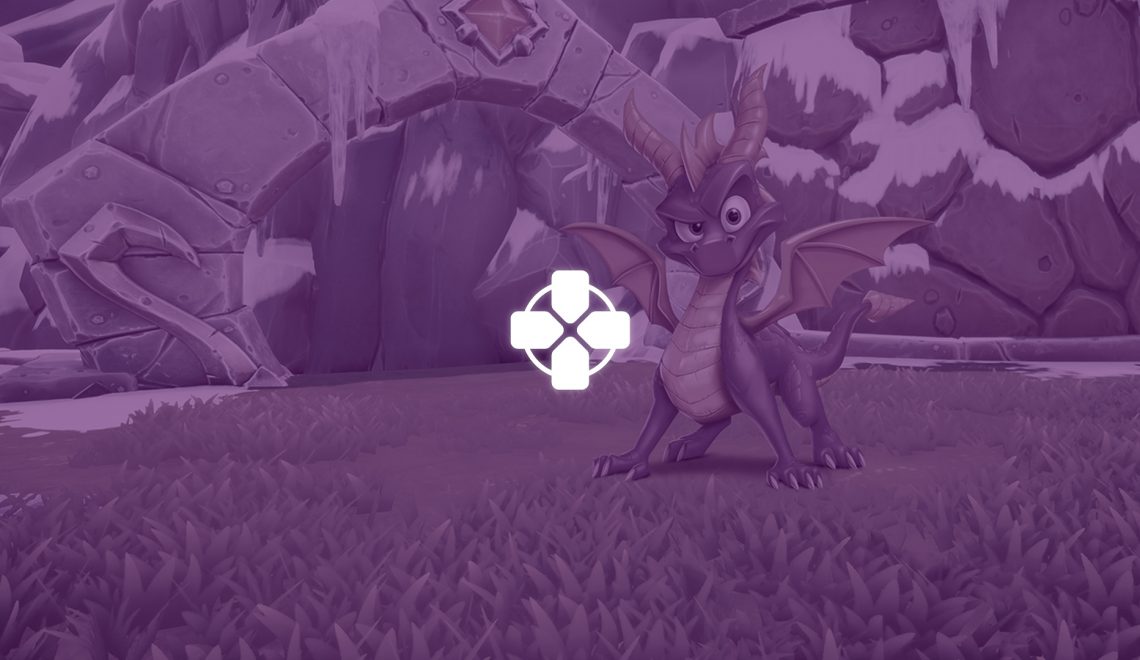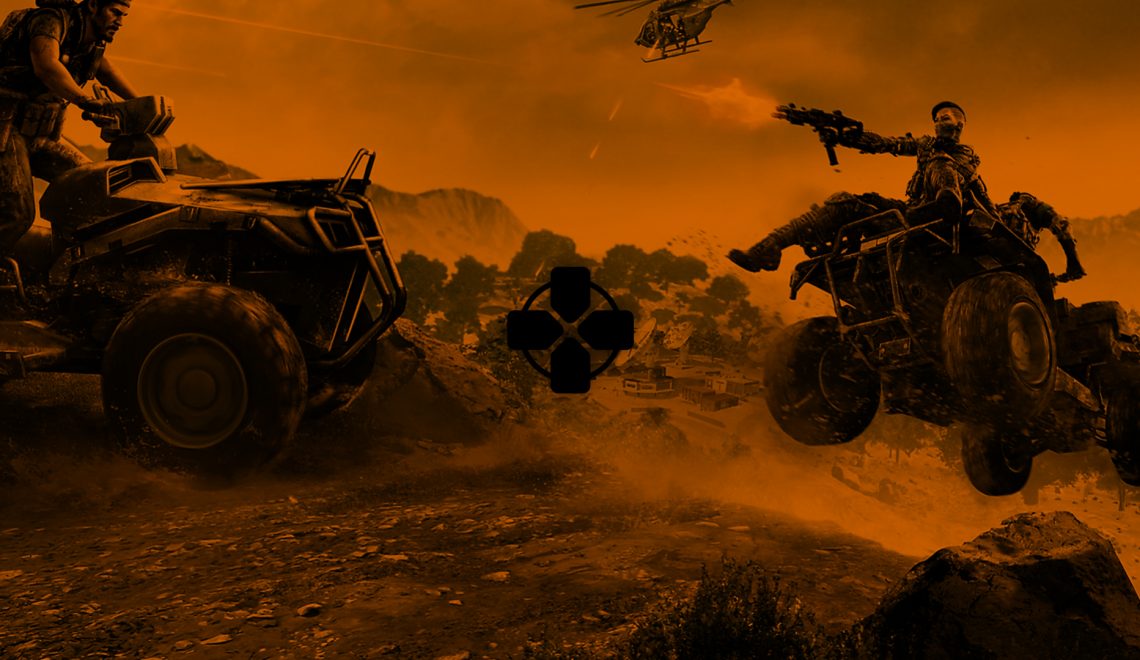This article was originally published on my Google Blogger website.
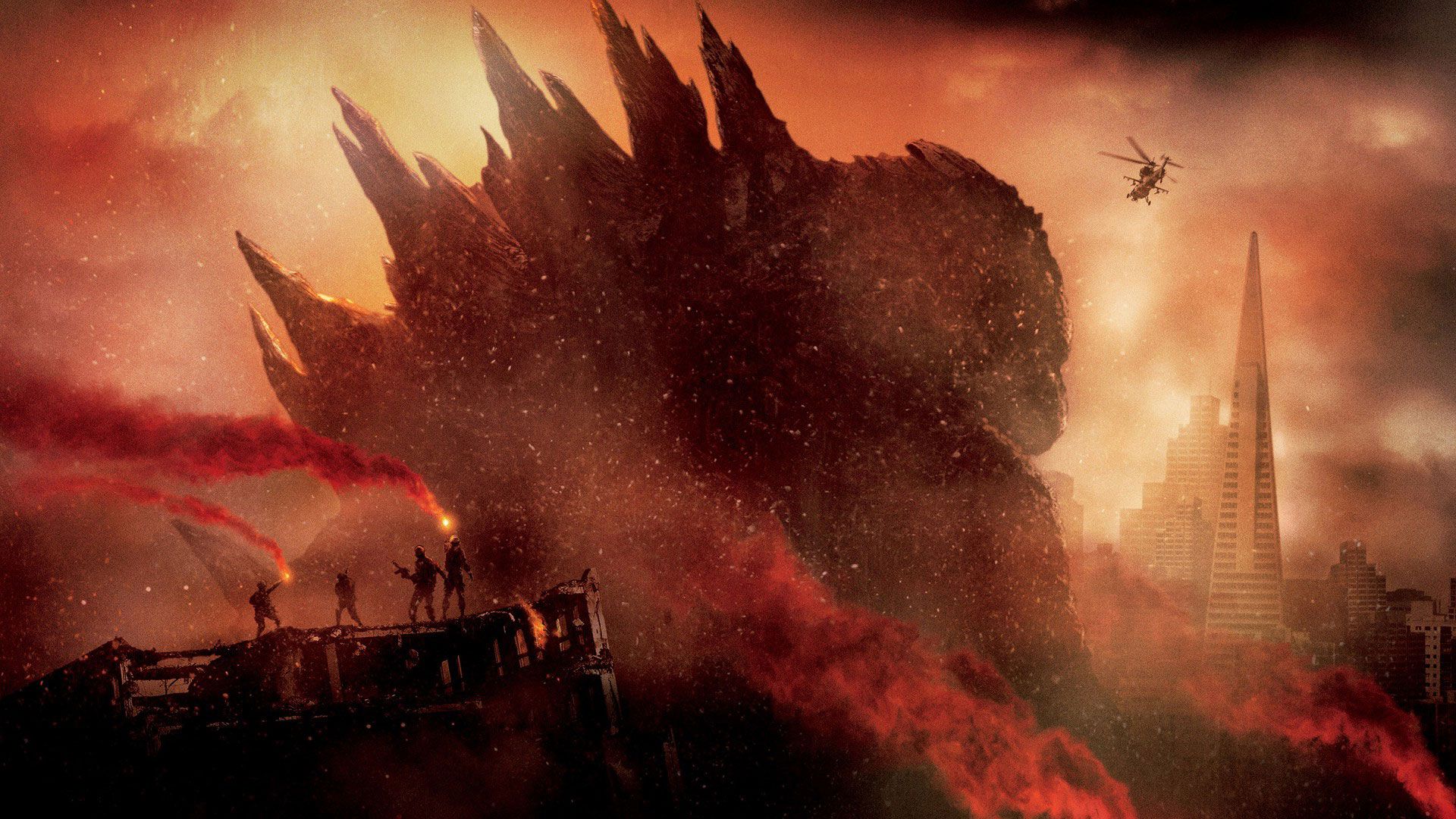
You know, it’s intriguing how giant monsters have always enthralled and captivated mankind’s imagination. Whether it be Smaug the Terrible, King Kong, the Kraken, or Kaiju from Pacific Rim, you would think that iconic beasts like these would be disliked and feared for what they’re capable of doing, but they’re usually among the most memorable and popular characters in the movies/books they belong to. Simply put, we think they’re awesome – in the real sense of the word – because they produce “an overwhelming feeling of reverence, admiration, or fear” in us. Margaret Weis perfectly captures what I’m trying to get across in her foreword to Doug Niles’ Dragons: The Myths, Legends, & Lore. She gives her thoughts on why humans specifically love dragons, which would actually be the most dangerous and frightening animals to us if they existed.
“Dragons have fascinated mankind for countless centuries and will continue to enthrall us…humans are such puny creatures compared to dragons, which can slay us with the single swipe of a claw or the whoosh of their fiery breath. Yet we dare to be drawn to dragons, whether they are evil, greedy monsters who hide in caves and guard their treasure or whether they are friendly beings who permit us to fly on their backs. …No matter how close the relationship with humans, dragons remain aloof and mysterious. We are awed in their presence. And always a little afraid.”
It’s weird, right? Our natural curiosity and fascination with powerful, imposing beings is extremely obvious and puzzling, and what better time to see this on display than the recent advent of the Godzilla movie? This North American reboot based on the classic Japanese movie franchise has been a roaring triumph thus far, pulling in over $200 million worldwide at the time of this writing. After all, Godzilla is the King of the Monsters, so this comes as no surprise since he’s one of the most famous monsters in all of fiction. And wow, the new film lets this behemoth live up to his reputation when he’s fully onscreen despite – in my opinion – the uninteresting human characters (besides Bryan Cranston and Ken Watanabe), forced emotional storytelling, and underutilized action. But the point still stands: Godzilla is awesome to behold.
What in the world does this have to do with video games?
After a long drought of no personal writing, I got thinking after I viewed Godzilla last week, and then it hit me. Who (or what) are the greatest “Godzillas” in games? In other words, what video game enemies are daunting in size, seemingly unstoppable in power, and memorable in their design and the challenges they pose? I took these things into consideration and have formed a list of 10 outstanding examples that embody those Godzilla-like attributes. Though for the sake of fairness, I’ve only chosen colossal foes that I’ve personally encountered, so there will be a few missing here that could be worthy contenders. Anyway, be sure to click on each title below to see the enemies in action and consider yourself warned of some spoilers from here on out.
All right, this lumbering introduction has delayed the oncoming slew of monsters. Let the destruction commence!
Super Metroid is the first game that made me really glad I had purchased a SNES to play classics I missed out on. Besides niggling factors like the difficulty of executing the wall jump and 2-3 unfair things that stumped me for far too long, everything about this platformer that’s as old as I am is a masterpiece. The impeccable platforming mechanics, beautiful and timeless pixelated graphics, clever level design, and wonderful sense of progression give me the idea that I enjoyed it as much as those who got to experience it in the 90s. And don’t get me started on the boss battles! Antagonists like Ridley, Draygon, and Mother Brain afford the most thrilling sequences the game has on offer, and although I wouldn’t say he was my favorite boss, Kraid should not be dismissed in the slightest. He’s one of Samus Aran’s largest enemies and quite the sight when you find his lair.
One of the most important members among the Space Pirates, Kraid is a green reptilian with a rather rotund stomach that actually ejects huge spikes. Possibly towering at 40-50 feet high (apparently his size varies across the Metroid games), you can only see a third of his body at ground level. With thorny projectiles and fireballs in his arsenal, you’ll be jumping all over the place as you figure out where his weakness is. He may not be that challenging to beat in the end, but there’s no doubting that Kraid makes an impact with his surprisingly gargantuan presence compared to the other Space Pirates.
During the latter part of Killzone 3, Guerilla Games wants to make a lasting impression with their mastery over graphics, environmental scope, and art direction. Besides the excellent gunplay and thrilling missions, these things are what the developer is known for, and it delivers with an entire 30-minute level devoted to defeating one of the biggest sci-fi land vehicles I have laid eyes on: the MAWLR.
This Helghast war machine may not be living, but there’s no way I couldn’t include it here. It’s like someone took all the weaponry from a Star Destroyer, put it all together, and made it mobile with legs. In addition to appearing to be taller than Godzilla, the MAWLR can withstand excessive damage for an extremely prolonged period of time, is said to be able to travel over any terrain at any angle, and has a host of artillery ranging from machine gun turrets and mortars to an arc cannon that can take down ships the size of Darth Vader’s Executor. What’s incredible is that you eventually take down this AT-AT on steroids (had enough Star Warsreferences?), and the entire battle spent executing this is phenomenal to watch unfold. You feel like you’re up against the impossible when you slowly shoot down its artillery…that is, until you fly around it in an aircraft with a Gatling gun and see the MAWLR fall apart as its cooling systems and whatnot explode like fireworks. This is how you do a giant boss in a first-person shooter.
8. Darkside – Kingdom Hearts 1
Ah, Kingdom Hearts. It’s a magnificent action RPG series with intense gameplay, beautifully realized characters, and one of my favorite overarching stories in video game history. The games are also well known for their incredibly tough bosses, such as Sephiroth, Ansem, or The Phantom. So, when it comes to giant bosses, there are notable ones like the Ice Titan and Hydra in KH2, Dragon Maleficent and Chernabog in KH1, and so forth. I heavily considered choosing enemies like these for this spot, but had to go with only one: Darkside from KH1.
“But that was an easy fight!” you may be saying right now. Of course! The aforementioned bosses are far more fun and challenging to exchange blows with, but I have a reason for going with this brooding, silent foe. Besides being one of the biggest Heartless in KH1, he’s also one of the first enemies you confront, which is why he has earned his place here. Back in 2006, I remember the game’s introduction as I selected the Sword and sacrificed the Staff to determine Sora’s stats, fought off a few small Heartless, and navigated across all of the lovely stained glass platforms. I felt strangely laidback while playing through this, but the feeling ceased when I saw Darkside rise from the last platform via a pool of darkness. With his dead eyes, tendril-like fingers, and pitch-black body, I honestly was a little scared to confront him, especially since he caught me off guard. While other encounters with this eerie Heartless over the other games have been more challenging and impressive, I’ll never forget the first one.
7. Bowser – Super Mario Galaxy 2
Bowser could fit in swimmingly with the Power Rangers’ vast array of bizarre nemeses. Why? They abide by the same philosophy: whenever you’ve exhausted all of your plans and options to destroy the heroes, you get huge and wreak havoc. For most Mario games, that’s exactly what Bowser does nearly every time. Nintendo even made a game called Mario & Luigi: Bowser’s Inside Story where you play as the villain in his gigantic form! But when it comes to facing him as the hero, there are standout battles in titles like New Super Mario Bros. Wii, Yoshi’s Island, and even Super Smash Bros. Melee(where you can fight Giga Bowser). Even though all of these are great in their own ways, I’m going with the Bowser boss fights in Super Mario Galaxy 2.
At multiple points throughout the story, you’ll encounter Bowser – who has grown several stories high with a Power Star – sitting on a castle-like throne, mocking you in your futile quest to stop his master plan. Then, an interesting series of conflicts ensue where you’re forced to reside on a tiny planet that Bowser hovers around and assaults with meteors, fire breath, and punches. These battles increase in longevity and difficulty each time, culminating into a prolonged, epic finale that tests your reflexes, gets your heart pumping, and let’s you take Bowser back down a notch.
I thought it was weird to see Insomniac Games try their hand at creating a gritty, sci-fi series about an alien apocalypse. It didn’t seem like their style, but – despite the mediocre storylines and unmemorable characters – I really enjoyed the gunplay, art direction, and universe of the Resistance trilogy. I just liked the idea of playing as a human super soldier that has the power of the Chimera; the games made me feel like a juggernaut that couldn’t die, but this wasn’t always true. One level in Resistance 2 takes place in Chicago, which has some genuine jump scares and great level design through and through. However, one thing stands out in that mission as one of the greatest parts of the game. For the first 20 minutes, you feel tremors that rock the city and catch tiny glimpses of a mysterious Chimera that looks as tall as the buildings around you. Although I knew what was coming, I still wasn’t prepared for the reveal of the Leviathan.
Coming in at 300 feet high, this mutated, grotesque Chimera is the nightmare version of Godzilla. Although he’s more of a means to show off the visual splendor and scope of Resistance 2 than an actual boss, the Leviathan is still terrifying since it swipes you up several times to eat you, which can be prevented by applying some RPGs to its beautiful face. Although I would have liked a mission devoted to running away from and trying to kill this behemoth in a long struggle, the Leviathan is nevertheless an absolute must to mention.
It has come to this. After fighting through a spaceship from hell, discovering the horrors of an insane religious cult, and encountering the worst creatures the universe can muster, Isaac Clarke is ready to end everything involving Necromorphs and the Marker. However, hope seems lost when he meets with betrayal in the closing moments of the game, but the perpetrator is stopped short as a massive tentacle crushes and throws this person’s body away from the only spaceship Isaac can escape in. Whatever killed the traitor, you know it has been controlling the Necromorphs and maintaining their existence, and it lies before you in a bottomless pit where more tentacles begin to rise from. Suddenly, a hulking mass of alien flesh careens from the darkness, towering at what must be hundreds of feet. This is The Hive Mind, and with an appearance like this, the name is more than fitting.
Dead Space is, without a doubt, one of my favorite survival-horror games next to titles like Resident Evil 3, Resident Evil 4, and Alan Wake. The sound design is among the best produced in the game industry, the weighty gameplay is deeply satisfying, and the atmosphere and enemies never fail to impress due to the creepy, spine-chilling vibes they give off. I could go on singing the praises of the game, but why choose The Hive Mind? Of course, it would make more sense to choose the final boss in Dead Space 3 since it’s an enemy that’s nearly planet-sized. However, I think The Hive Mind is a more memorable and taxing enemy. You have to run around avoiding its tentacles, deal with annoying Necromorphs that spawn around you, and locate its hard-to-shoot weaknesses. The thing even picks up and clutches you upside down, which you must then find a way to escape from with your trusty Plasma Cutter. Put all of this together and you have an exhilarating, climactic end to Dead Space where the stakes are set high and feel like it.
I won’t reveal what or who Sin is in Final Fantasy X since it’s a significant spoiler, but I’ll say that the story behind the monster gives poignancy and weight to one of the final and most incredible battles of the game. The wonderfully deep characters you come to love and beautiful world of Spira hinge on the outcome here, so it’s only appropriate that Sin – one of the main villains and source of so much death – is the size of multiple aircraft carriers.
It’s a leathery, whale-like creature that could be compared to the Biblical Leviathan…well, except that Sin’s much larger and floats in the sky. When you’re fighting it alongside two other party members with the excellent turn-based battle system, everyone’s on an airship that flies beside it, so there’s an atypical twist with this particular battle in that Sin moves to the left, right, and front of the airship. This opens up for minor yet interesting dynamics in the strategies needed to slay the beast, and while you’re carefully choosing moves and hoping that Sin won’t KO your party, you can’t help but marvel at how empowering and important this numinous confrontation feels. You’re taking on a giant, god-like deity that embodies the immensity and eeriness of sin itself. How’s that for a Godzilla-like impression?
3. The Guardian – Darksiders II
Vigil Games didn’t get the credit it deserved for the Darksiders games. They do have Legend of Zelda and God of War as obvious game design influences, but these work so well in Darksiders (especially with the compelling RPG elements in the sequel) and make it a unique series in my eyes. In addition, the aesthetical design, art style, and stories are breathtaking, combining to create a fantastical world with entertaining characters and beautiful locations (all inspired by the Biblical end times with a focus on the Four Horsemen of the Apocalypse). The first game was great, but the second one nearly improves upon it in every single area with greater side content, more fluid combat, and so forth. Therefore, it’s not hard to guess that the bosses are even better this time, which is especially evident in the brawl against The Guardian.
This guy is a massive construct (basically a living rock monster) that heavily reminds me of a certain colossi at the bottom of this list. Wielding a hefty hammer and a bomb launcher, Death – your character – must ride on his horse Despair to avoid being crushed. It all takes place in a huge, green valley surrounded by mountains, making the landscape a strangely beautiful place to fight the Guardian. What’s even more exciting is that you must frantically climb up the boss’ body in various ways until you’ve found his weaknesses, which will allow you to slowly take this titan down by detaching his arms. Overall, it’s an incredibly well done boss fight that makes Death live up to his name even more.
2. Trypticon – Transformers: War for Cybertron
Actually, War for Cybertron is another underdog game that didn’t receive the attention it should have gotten, and I’m just a casual fan of Transformers. But for some reason, I’ve always held to the idea that this franchise could spawn an excellent game if a developer really understood and had a passion for it. Thankfully, High Moon Studios filled this role in 2010. With an excellent retelling of the origin story of the war between the Autobots and Decepticons, an excellent balance between vehicular and third-person shooting gameplay, captivating environments that portray a living world of metal and steel, and a surprisingly great multiplayer component, I’d easily give War for Cybertron a 9/10 for what it accomplished (and its 2012 sequel, too).
The ending for the Autobot campaign is centered on destroying a Decepticon spaceship that’s tearing apart the Arc, another spaceship the Autobots are trying to use to escape Megatron’s brutality. The second-to-last mission sees you commandeering an aerial Autobot to destroy the enemy ship from the inside, and when all is said and done, you realize with horror that this is no spaceship. It’s a Decepticon, and his name is Trypticon.
You thought Grimlock was big? Trypticon is basically the Transformer version of Godzilla (with a huge tail and reptilian-like features) and is debatably twice his size. Armed with razor sharp teeth and impenetrable armor, the only way the Autobots can stop this foe is to take out the multitude of rocket launchers and machine gun turrets that are part of his body. At first you fight him as he falls through the atmosphere of Cybertron, but then you face him as Optimus Prime on the surface. Both encounters left my mouth hanging open with the last, grand 30 minutes of War for Cybertron.
1. Gaius – Shadow of the Colossus
Does this come as a surprise? A game that’s all about killing 16 different colossi? Ha, I’ll assume it isn’t, but – while this is an obvious go-to game – the list wouldn’t be complete without a “Godzilla” from Shadow of the Colossus. The game itself has a touching and mind-boggling story, gorgeous vistas, a wonderful orchestral soundtrack, and memorable gameplay that test your wit and patience when you climb the colossi bodies to discover their vulnerable points. With these enemies greatly ranging in physical attributes and behavior (like so), no confrontation is alike, which is why I had a hard time choosing only one. Phalan, Basaran, and Argus are a few standouts, but I’m going to go with a fan favorite that many gamers point out: Gaius.
Like the Guardian in Darksiders II in some respects, this lanky yet immensely tall enemy uses a stone sword to engage in combat, which only a few Colossi will do. His nickname is also not official, but the meaning behind it is nevertheless fitting. It’s derived from the Greek word Gaia, which means “earth,” and the Latin counterpart is Terrestris Veritas, which translates to “earthly truth.”
Being one of the few Colossi that has a humanoid form, Gaius made me feel like I was fighting an ancient swordsman trapped in a stone vessel. On top of this, the conflict takes place on a humongous, circular platform built high above a lake, allowing you to look at ancient structures and over hundreds of miles of valleys and mountains in the distance. It was like being in a gladiator fight for the ages; seeing Gaius rise from his crumpled state made drawing my sword from its sheath all the more epic, and when the orchestra came in as I charged forward, I got chills and involuntarily said, “Wow,” or something along those lines. It made me glad that Bluepoint Games ported the game to the PS3 for those that missed out on this PS2 masterpiece, which I’ll remember for years to come.
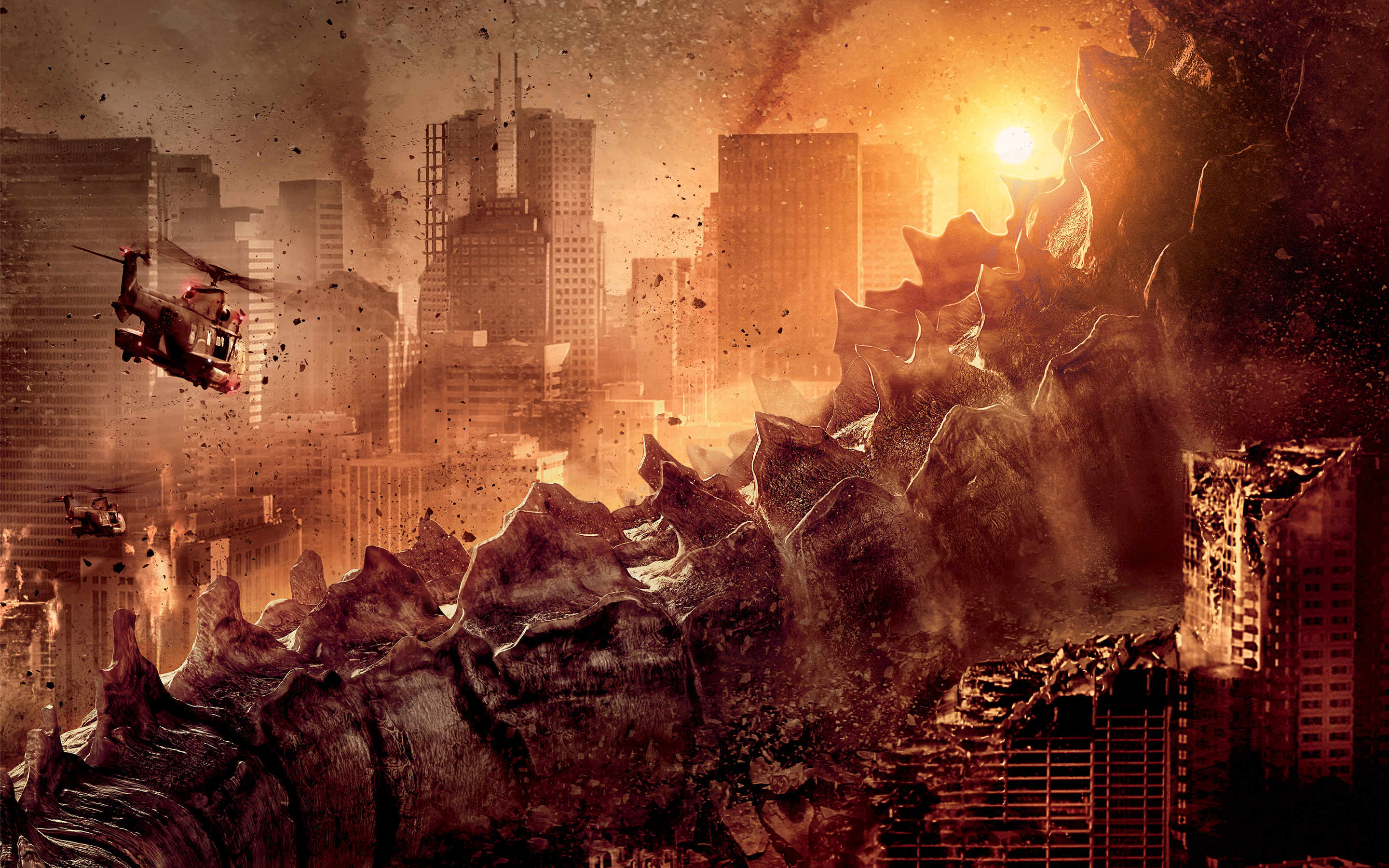
You’ve reached the tail end of my article…sorry about that.
Here is where the rampage of monsters has finally ceased. Thank you so much for taking the time to read this, and I hope you enjoyed what I’ve put together here. What was your favorite part? Do you agree with many of my choices, or would you completely rearrange and adjust the list? What are the “Godzillas” in video games you remember the most and why? There are definitely a couple more I’ve either experienced myself or seen others play, so I’m curious to see if anyone points them out in the comments section below. Let me know!

